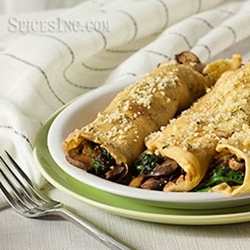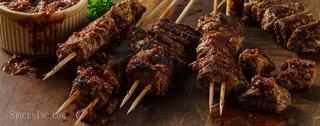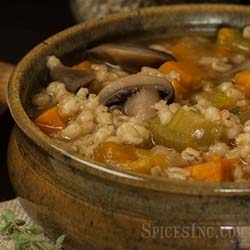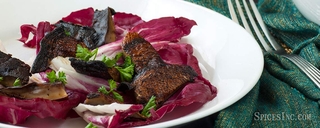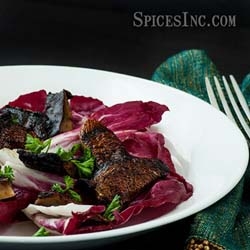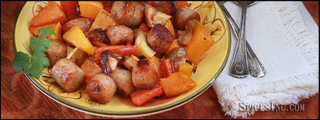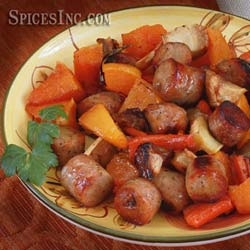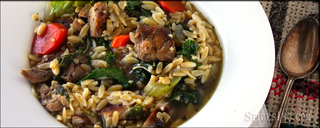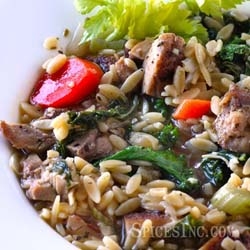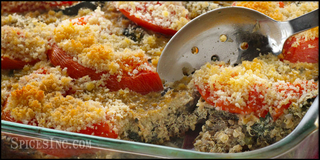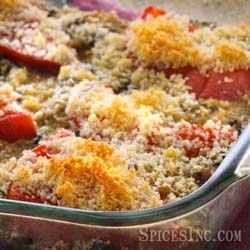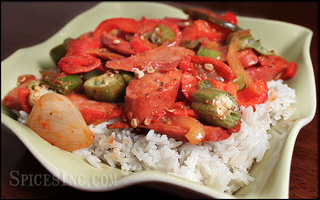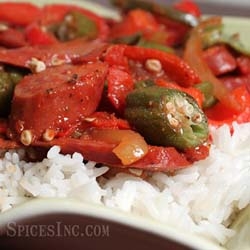Mediterranean Thyme
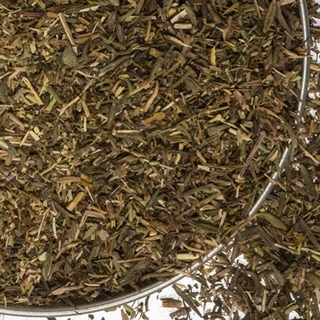
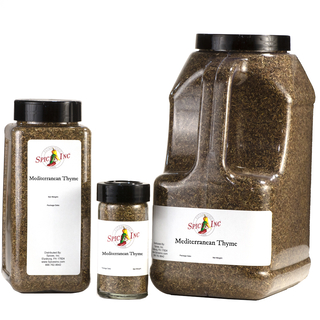


Mediterranean Thyme
Mediterranean Thyme (pronounced TIME), Thymus vulgaris, is a perennial plant with origins that can be traced to the southern Mediterranean region. Commonly called garden thyme, it is also referred to as dried thyme, dried thyme leaves, or dry thyme.
Thyme is a member of the Lamiaceae (mint) family. It is related to other peppery, aromatic herbs like basil, lavender, marjoram, oregano and spearmint. The essential oils in thyme measure between 1.5% to 2% by weight, so thyme may be small but it is potent.
Thyme has an appealing flavor and grows fairly easily in temperate climates, so it has been adopted into cuisines around the world. It can be found in French, Egyptian, Moroccan, German, and Spanish food, to name just a few. It is popular with our independent spice stores, brewpubs, and craft hot sauce manufacturers.
Flavor Profile
Mediterranean Thyme tastes like pine and citrus, with touches of pepper, mint, and even a little smoke. It smells peppery, floral, and lemony.
Dried Thyme vs. Ground Thyme
Dried thyme comes from the process of air-drying or dehydrating fresh thyme leaves. The leaves are left whole, and while dried leaves have a more pungent flavor than fresh ones, there is still a bit of subtlety and nuance to the leaves.
Ground thyme is the product of dried thyme leaves, which are taken one step further and ground into a fine powder. This powder is very easy to incorporate into blends and spice rubs. The ground leaves also have more surface area since they are essentially split open. This exposes the volatile oils that give this herb its flavor, making it even more pungent than the whole dried leaves. This also makes the oils more susceptible to evaporation, so ground thyme is likely to lose its flavor more quickly than whole leaves. Buy ground thyme in smaller amounts and store it properly, in a cool, dry place with minimal light exposure, so you can work with the freshest product possible.
How To Use
Mediterranean Thyme pairs well with most meats and can hold up to long cooking times, so add it to braised Lemon Chicken, stir some into the rich Mexican beef stew known as Birria, or toss a teaspoon or two into Slow Cooker Pulled Pork. Make vegetarian dishes sing when you add dried thyme to Savory Spinach and Mushroom Crepes or warming Mushroom and Barley Soup. It’s wonderful with eggs, so add to a quiche or frittata. Thyme is a signature flavor in Creole and Cajun cooking so fire up some Creole Sausage and Peppers or dig into some Chicken and Sausage Jambalaya.
Dried Mediterranean Thyme is fairly robust because the essential oils in thyme concentrate as the herb dries. If you’re substituting dried thyme for fresh, use about half as much dried thyme as a recipe calls for.
| Also Called | Garden thyme, dried thyme, dried thyme leaves, or dry thyme |
| Species | Thymus vulgaris |
| Ingredients | Dried Mediterranean thyme |
| Flavor Profile | Piney, smoky, lemony, and peppery |
| Oil content | 1.5-2% |
| Recommended Uses | Stews and braises, meats, soups, on eggs, with mushrooms |
| Cuisine | American, Cajun and Creole, Mexican, |
| How To Store | Airtight container in a cool, dark place |
| Shelf Life | 1-2 Years |
| Country of Origin | Spain or Morocco |
Nutrition Facts
Serving Size1 tsp
Amount Per Serving
Calories3
% Daily Value*
Total Fat0g0%
Saturated Fat0g0%
Trans Fat0g
Polyunsaturated Fat0g
Monounsaturated Fat0g
Cholesterol0mg0%
Sodium0.6mg0%
Total Carbohydrate0.7g0%
Dietary Fiber0.4g2%
Total Sugars0.0g
Added Sugars0g0%
Sugar Alcohol0.0g
Protein0.1g0%
Vitamin D0mcg0%
Calcium0mg0%
Iron0mg0%
Potassium0mg0%
*The % Daily Value (DV) tells you how much a nutrient in a serving of food contributes to a daily diet. 2,000 calories a day is used for general nutrition advice. These values were calculated and therefore are approximate. For more accuracy, testing is advised.


